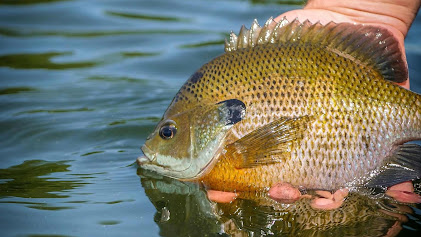How to culture Drosophila melanogaster
INTRODUCTION
Drosophila melanogaster is a tiny, common insect that
lives near rotten or unripe fruit. It is used for research in genetics and
behavior for more than a century. Drosophila melanogaster goes through a
complete metamorphosis, which comprises an egg, larva, pupa, and then emergence
as a flying adult. Drosophila melanogaster eggs are not fertilized
immediately after mating with male flies. During mating, female Drosophila
melanogaster receive and store sperm in their sperm storage reservoirs,
known as the seminal receptacle and spermatheca. Drosophila melanogaster
sperm are "giant sperm," measuring 1.76 mm in length, 300 times
longer than human sperm. Sperm can be stored for up to two weeks inside the
bodies of female flies, with those stored in the seminal receptacle being used
first, followed by those stored in the spermatheca. Sperm and egg fusion occurs
only when the egg is going to be laid. The entire sperm penetrates the egg at
the anterior pole, and the embryo's growth is seen in the gut area. The chorion
is an opaque outer membrane that coats the egg's translucent and chitinous
vitelline membrane. A pair of filaments protrude from the egg's anterodorsal
surface. This pair of filaments keeps the egg from sinking into soft food where
it might be placed. Drosophila melanogaster's lifespan changes based on
its surroundings. When the conditions for survival are favorable, they can live
for more than 100 days. Nonetheless, Drosophila melanogaster females
have a life span of 26 days, and males have a life span of 33 days.
The temperature has a
significant impact on the length of a Drosophila melanogaster's life
cycle. The easiest way to grow flies is also at room temperature.
However, the optimum rearing condition is a temperature of 25°C and 60%
humidity. According to our experiment in room temperature generation time is 10
days from egg to adult.
MATERIALS REQUIRED FOR 11 FLY CULTURE BOTTLES:
2.9 grams Agar
4.8 grams Sugar
5 grams Corn flour
9.6 grams Dried
killed yeast
515 ml Water
15.5 ml Nipagin
solution
Beaker
11 dry McCartney
Bottles
Cotton wool
PROCEDURE:
1. Preparation of artificial diet to culture Drosophila
melanogaster
Add Agar (2.9 g),
Sugar (4.8 g), Cornflour (5 g), Dried killed yeast (9.6 g), and Water (515 ml)
into a beaker and boil the mixture until it gets light yellowish colour. While
boiling the mixture should stir well. After the mixture gets light yellowish colour,
turn off the Bunsen burner. Then stir the mixture carefully and add Nipagin
solution (15.5 ml) to it. After that pour the equal amounts of prepared media
into 11 McCartney Bottles and allow to get cool and solidify. It should fill
the culture bottles 1/5th to 2/5th full. (The culture bottles containing
artificial diet should plug with non-absorbent cotton wool for future use.)
2. Culture Drosophila
melanogaster in the artificial diet containing McCartney Bottles
Collect 6 to 8
Adult Drosophila flies (male and female) from the natural environment
and introduce them into 3 to 4 culture bottles containing an artificial diet (2
flies for each culture bottle). Close
the bottles with flies and artificial diet with the use of muslin cloth. Then
allow the flies to lay eggs inside these culture bottles. After the adults
emerge from eggs you can transfer those adult flies to other artificial diet
containing McCartney Bottles to avoid overcrowding in culture bottles. Observe
the life stages and time taken for each life stage of Drosophila
melanogaster
OBSERVATION:
At room
temperature of 29°C, Drosophila melanogaster can complete its life cycle
in this artificial diet within 10 days. More generations can be produced within
this artificial diet very quickly. Therefore this artificial diet is suitable
for Drosophila melanogaster culture. Small larvae can be seen in the
culture media after the eggs hatch. In the larval stage, there are three
instars. In addition, as the larvae feed they disrupt the smooth surface of the
media and so by looking only at the surface one can tell if larvae are present.
After the third instar, larvae move up the culture vial to pupate. All organs
degenerate (histolysis) and reorganize into adult shapes throughout the pupal
stage (metamorphosis). Adult flies emerge from pupal cases 10 days following
egg-laying.
Two days after the
introduction of flies to the culture bottle, female flies will lay eggs.
Two days after
egg-laying- the eggs will hatch and produce the first instar larva
Three days after
egg-laying - the second instar larva can be observed.
Four to five days
after egg-laying- the third instar larva can be observed
Seven days after
egg-laying- Pupa can be observed
Ten days after
egg-laying- Eclosion (adults emerge from the pupa case).


































